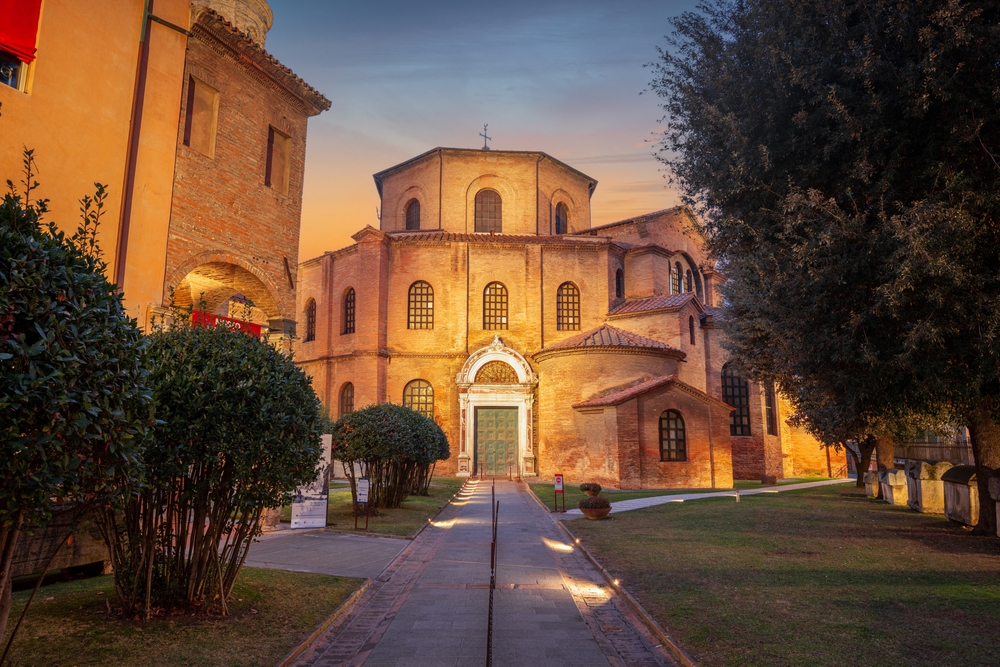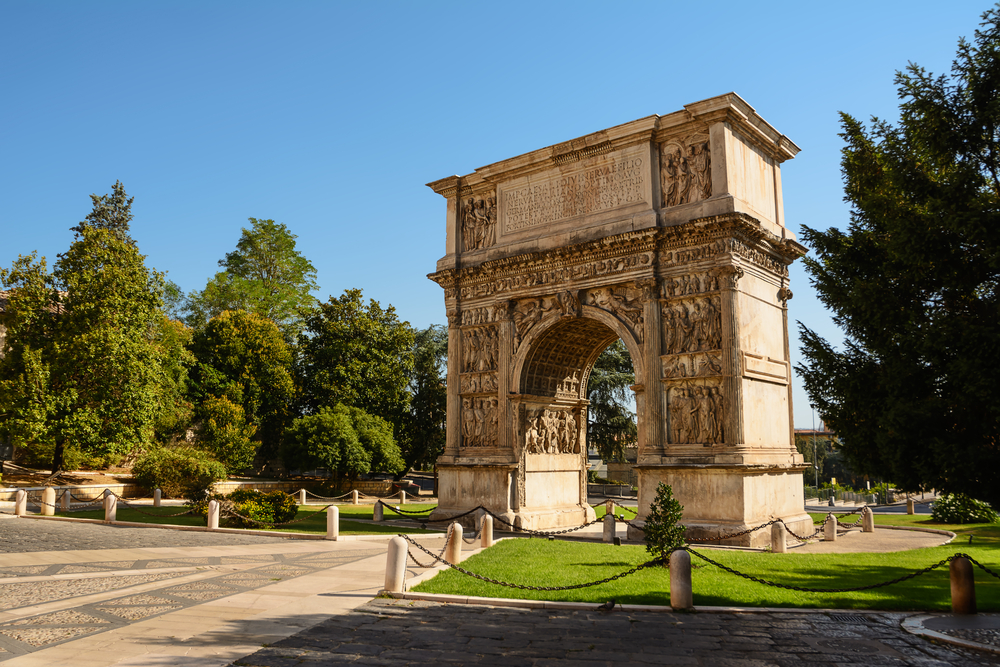A tour of Italy: How to enjoy an Italian Grand tour in the 21st century
Bookings For You, Campania, Emilia Romagna, Inspiration, Italy, Le Marche, Tuscany, Urbino
Having originally been conceived in the 16th century and popularised in the 18th and 19th centuries, the European Grand Tour route has become somewhat of a rite of passage for many travellers. When first created, it was associated with the British upper classes, and it wasn’t until the 1950’s and 60’s that touring around mainland Europe became more accessible. As cars became increasingly popular, the European Grand Tour went from typically lasting a few years, to something people could complete in a matter of weeks. Today, it remains a popular route for anyone wishing to see as much of the continent as possible. Although easily accessible through Europe’s extensive rail network, driving is often preferred by many tourists as it allows for more spontaneity and typically requires less prior organisation.
Despite having been altered slightly throughout the years, the route today remains remarkably similar to the original route devised almost five hundred years ago. Typically beginning in London, tourists first travel east to the Netherlands, stopping in Amsterdam and The Hague. From there on the route heads south through central Germany and Switzerland before entering Italy. The original route entered the country through the central alps, first stopping in Lake Como and then moving on to Milan, Florence, Venice, and Rome; all of which obviously hold unparalleled architectural beauty and cultural significance. Despite this, we believe that there are many other, lesser-known cities and regions of Italy which are well-worth a visit. So here are some of our recommendations for a modern take on the Italian leg of the European Grand Tour.
Lucca
Encased by Renaissance-era walls, Lucca is surrounded by a picturesque Tuscan landscape, and is less than twenty minutes from Pisa by train. It offers a truly authentic Italian experience for any tourist and its historic centre is made up almost entirely of winding medieval streets that feed into large, elegant squares.

Like most Italian towns, Lucca’s central feature is its cathedral. Completed in 1070 AD, the San Martino Cathedral is among the oldest in the world and is similar in design to Pisa’s. While initially built for defence in the 16th century, Lucca’s fortifying walls have since been converted into a tree-lined walking path, offering stunning views of both the city and the Tuscan landscape that surrounds it. The cuisine in the city remains remarkably traditional and is heavily influenced by the regional wildlife. Meats such as wild boar and rabbit are commonly found in hearty stews, and the area’s truffle-hunting tradition is reflected in many pasta dishes. For travellers looking for fine-dining experiences, Michelin-star restaurants can be found in the city centre and offer a modern twist on many traditional Tuscan dishes. Often overlooked by many visitors in favour of larger Tuscan cities, Lucca remains an untouched gem in the region.
Ravenna
When first created, the intention of the Grand Tour was to showcase the very best of European art and culture. In this sense, Ravenna rivals many of the larger, more well-known cities in Northern Italy. Having originally been used as a naval port for the Roman army, many of its central buildings date back as far as the 6th century.

Ravenna is one of the most historic cities in the region, and the Byzantine mosaics that adorn many of the churches and basilica’s are renowned worldwide. Many of the city’s structures also boast UNESCO world heritage status, with many having been recognised for their religious significance. Located on Italy’s Adriatic coast, its cuisine revolves around fresh seafood and pasta, with the local speciality being cappelletti con il ragù, a simplistic dish consisting of pasta filled with ricotta and raviggiolo (the local cheese of the region). The city’s slower pace and incredible cultural attractions make Ravenna perfect for any traveller looking for a short break from the bustling big cities usually associated with the route.
Urbino
Less than two hour’s drive from Ravenna, Urbino is a charming hilltop town in the Le Marche region. Urbino’s cultural significance comes from one of the most influential renaissance artists in history, Raphael. Having been born in Urbino over five hundred years ago, his family home has since been converted into a museum dedicated to his life and works.

The main attraction of the town, however, remains the turreted Palazzo Ducale. With its unique façade and courtyard, the building holds UNESCO world heritage status, and while originally built as a palace for the ruling Montefeltro family, today it houses the National Gallery of Le Marche, featuring art and sculptures from the Renaissance period. The town’s labyrinth of cobblestone streets also hide some of the best traditional trattorias in the region, serving meats and pastas with local truffles and olive oil, all sourced from the surrounding hills. While the area surrounding the town has not historically been associated with wine production, it is somewhat of a growing market, especially in the very north of the Marche region, just a short drive from Urbino.
Benevento
Just over an hour’s drive east from Naples, Benevento is slightly further south than many of the early travellers ventured but is nonetheless well worth the journey. Many of the city’s structures date back almost two millennia to the Roman era and are remarkably well preserved. The Arch of Trajan and the Roman Amphitheatre both date back to the early 2nd century and draw thousands of visitors throughout the year.

While somewhat modest in its design, the Church of Santa Sofia located in Benevento’s centre holds UNESCO world heritage site status for its unique fusion of Roman, Byzantine, and Lombard architectural elements. Dating back to the 8th century, the Church’s simple façade hides the building’s intricate beauty inside, often reminiscent of many Roman basilicas. The city is renowned for its vibrant festivals, many of which celebrate the region’s rich cultural past. Most notably, the St. Januarius Festival, held every year on the 19th of September sees Benevento join thousands of other towns in the country to celebrate Benevento’s patron saint. The Benevento Jazz Festival is also highly-regarded in the region, often attracting global attention.
For anyone looking to put a modern twist on a traditional European road trip, or for those looking for new places to explore away from some of the crowded capitals, Italy has an abundance of lesser-known gems that can act as the perfect alternative. Venturing off the beaten path will allow any traveller to fully immerse themselves deep into Italy’s rich culture. Whether you’re visiting for the food, ancient architecture, or just looking to take advantage of the Mediterranean climate, a relaxed road trip is the perfect way to take advantage of all that Italy has to offer and provides a level of spontaneity not possible when flying.


